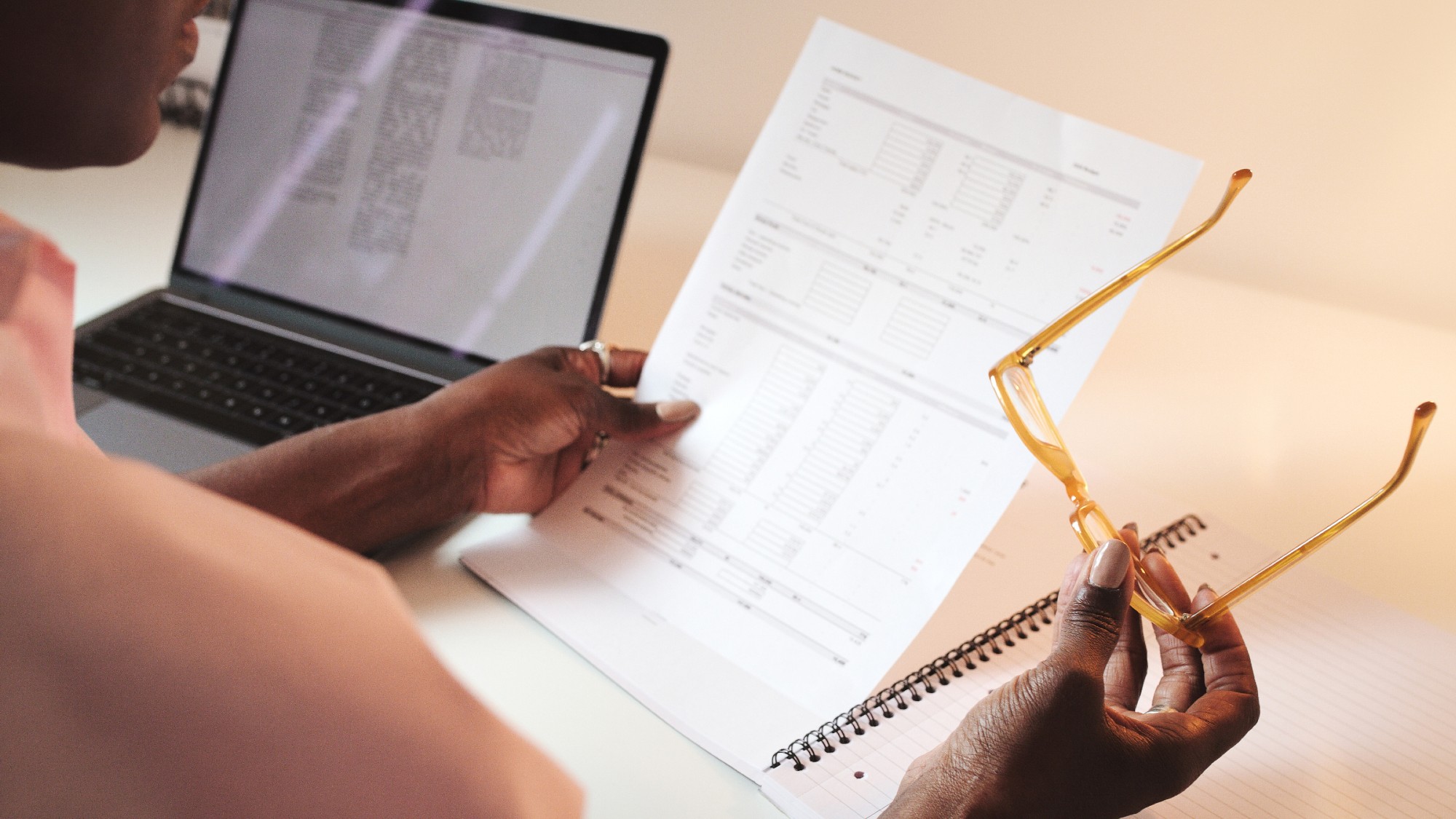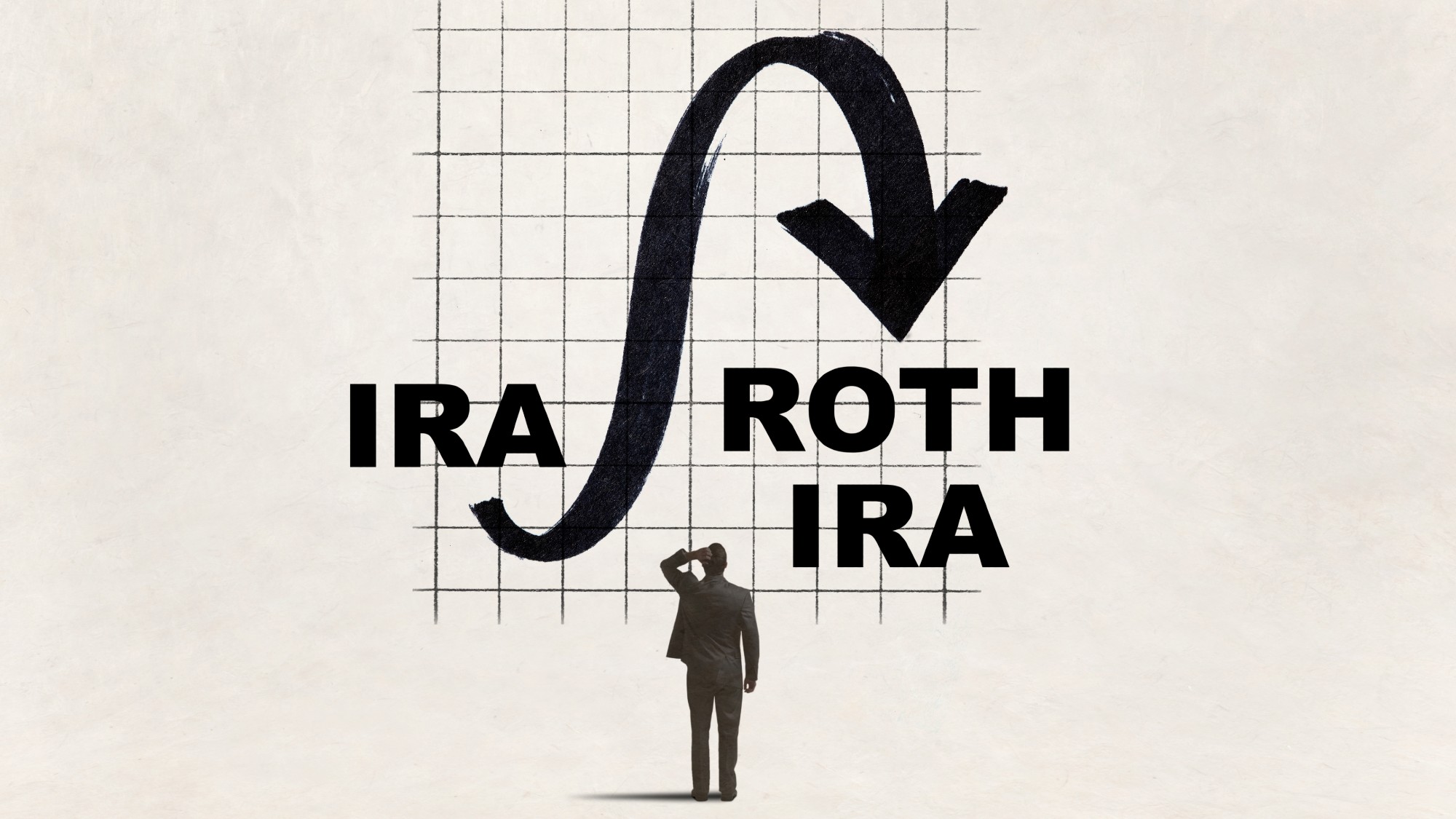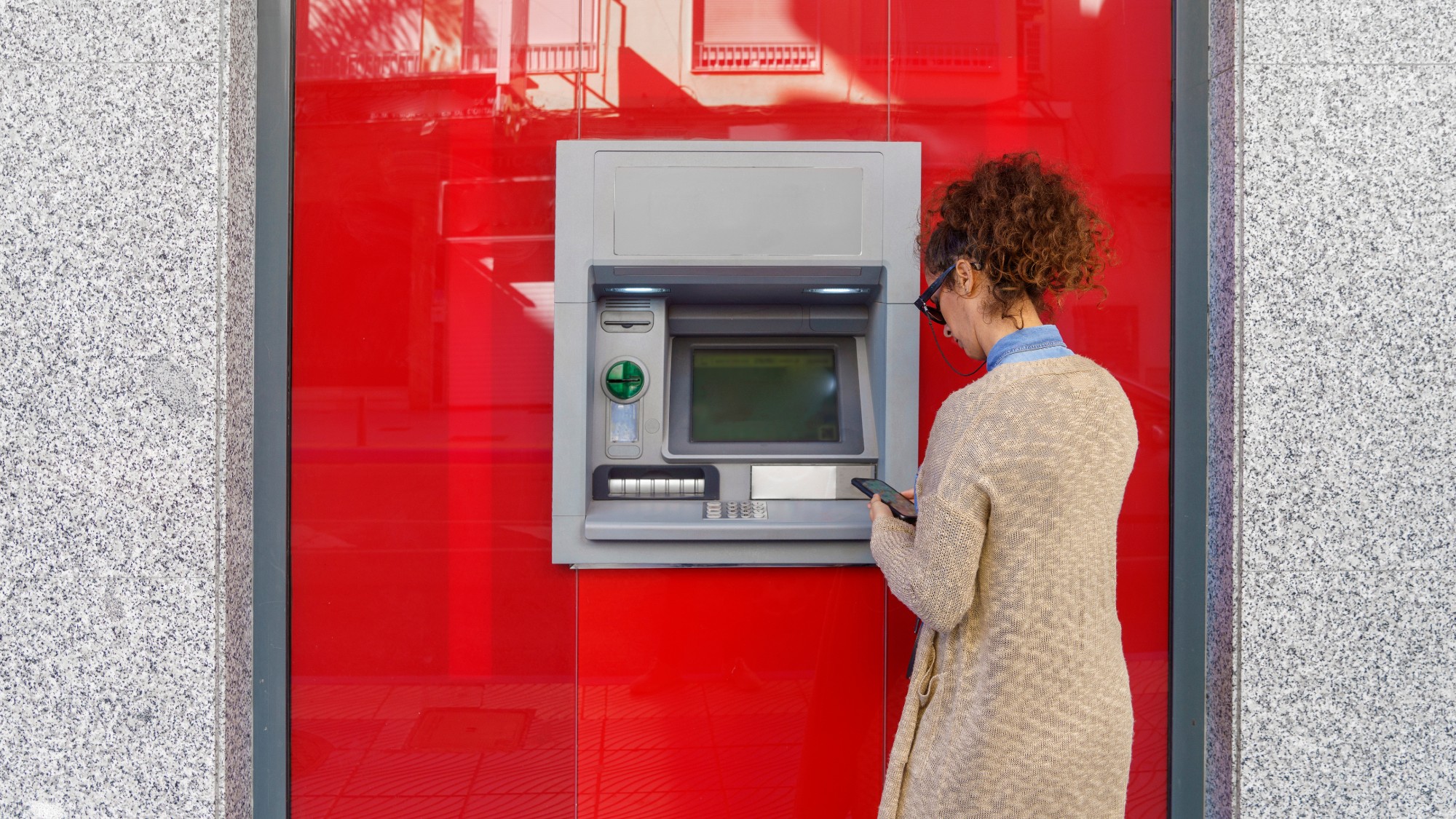How to minimize capital gains tax on investments
It can take a chunk out of your profits if you let it


Making money on your investments is a great feeling. The only downside is the capital gains tax you have to pay on your earnings when you sell.
Each year, the capital gains tax brackets get a bit of an adjustment to account for inflation — but they can still take a chunk out of your profits. For 2025, "single filers can have $48,350 in taxable income or $96,700 for married couples filing jointly and still pay 0% capital gains taxes," said CNBC. But for single filers who earn $48,351 to $533,400 ($96,701 to $600,050 for those married filing jointly), a 15% capital gains tax applies. Those who are single filers earning $533,401 or more ($600,051 or more for those married filing jointly) will pay 20% tax.
The good news for those who still fall into brackets where capital gains tax applies? There are three steps you can take to minimize the amount you pay.
The Week
Escape your echo chamber. Get the facts behind the news, plus analysis from multiple perspectives.

Sign up for The Week's Free Newsletters
From our morning news briefing to a weekly Good News Newsletter, get the best of The Week delivered directly to your inbox.
From our morning news briefing to a weekly Good News Newsletter, get the best of The Week delivered directly to your inbox.
1. Use your losses to offset your gains
A "time-tested way to minimize the capital gains tax is through tax-loss harvesting," which involves "selling a stock, bond or mutual fund at a loss, then using that loss to offset a gain on some other position in your portfolio," said Kiplinger.
Here is an example of how that works in practice: "Say you own two stocks, one worth 10% more than you paid for it, while the other is worth 5% less. If you sold both stocks, the loss on the one would reduce the capital gains tax that you would owe on the other," said Investopedia.
If you are in an investment scenario where "your capital losses exceed your capital gains, you can use up to $3,000 of it to offset ordinary income for the year," said Investopedia, and then "after that, you can carry over the loss to future tax years until it is exhausted."
2. Take advantage of tax-advantaged accounts
If you have access to tax-advantaged investment accounts — think 401(k) plans, IRAs, 529 plans and HSAs — then "being thoughtful and intentional with which accounts you save into and the investment selections within each type of account can help trim your tax burden," said NerdWallet.
A free daily email with the biggest news stories of the day – and the best features from TheWeek.com
For instance, you might "use tax-advantaged accounts for more actively traded positions or less tax-efficient investments" and then "direct your buy-and-hold investments or more tax-efficient investments into taxable brokerage accounts," said NerdWallet. In retirement accounts in particular, you "can buy and sell stocks, bonds and other assets without triggering capital gains taxes," said SmartAsset.
Your contributions to tax-advantaged accounts can also serve as a way to lower your taxable income. Since the determining threshold for capital gains taxes is "total taxable income, which is adjusted gross income minus deductions," as opposed to your salary, said Bankrate, you are "able to contribute to a retirement account — a 401(k) or IRA, for example — and reduce your taxable income, make other adjustments and then subtract your deduction before you arrive at taxable income."
3. Aim to hang onto investments for the long-term
Another key to minimizing the amount you pay in capital gains taxes is investing for the long term. When you "sell positions that are at least a year old," you will "pay the more favorable long-term capital gains tax rates instead of short-term capital gains tax rates," said NerdWallet.
While long-term capital gains are taxed at the rates mentioned above — 0%, 10% or 15% — "short-term capital gains are taxed as ordinary income and "can go up to 37% in 2024, depending on your tax bracket," said Investopedia.
This underscores why watching your holding periods can be so important. "If you are selling a security that you bought about a year ago, be sure to find out the trade date of the purchase," said Investopedia, as "waiting a few days or weeks to qualify for long-term capital gains treatment might be a wise move as long as the investment's price is holding relatively steady."
Becca Stanek has worked as an editor and writer in the personal finance space since 2017. She previously served as a deputy editor and later a managing editor overseeing investing and savings content at LendingTree and as an editor at the financial startup SmartAsset, where she focused on retirement- and financial-adviser-related content. Before that, Becca was a staff writer at The Week, primarily contributing to Speed Reads.
-
 Pipe bombs: The end of a conspiracy theory?
Pipe bombs: The end of a conspiracy theory?Feature Despite Bongino and Bondi’s attempt at truth-telling, the MAGAverse is still convinced the Deep State is responsible
-
 The robot revolution
The robot revolutionFeature Advances in tech and AI are producing android machine workers. What will that mean for humans?
-
 Health: Will Kennedy dismantle U.S. immunization policy?
Health: Will Kennedy dismantle U.S. immunization policy?Feature ‘America’s vaccine playbook is being rewritten by people who don’t believe in them’
-
 3 ways to reduce the cost of owning a car
3 ways to reduce the cost of owning a carthe explainer Despite the rising expense of auto insurance premiums and repairs, there are ways to save
-
 How to shop smarter with a grocery budget
How to shop smarter with a grocery budgetThe Explainer No more pushing your cart down the aisles on autopilot
-
 What will next year’s housing market look like?
What will next year’s housing market look like?The Explainer Here is what to expect from mortgage rates and home prices in 2026
-
 What are the pros and cons of a Roth conversion for retirement?
What are the pros and cons of a Roth conversion for retirement?Pros and Cons By converting a traditional IRA to a Roth IRA, retirees can skip paying taxes on their withdrawals
-
 4 easy tips to avoid bank fees
4 easy tips to avoid bank feesThe Explainer A few dollars here and there might seem insignificant, but it all adds up
-
 4 often overlooked home maintenance tasks that could cost you later
4 often overlooked home maintenance tasks that could cost you laterThe Explainer A little upkeep now can save you money down the road
-
 What are portable mortgages and how do they work?
What are portable mortgages and how do they work?the explainer Homeowners can transfer their old rates to a new property in the UK and Canada. The Trump administration is considering making it possible in the US.
-
 How can you tell if you are ready to retire?
How can you tell if you are ready to retire?the explainer All the preparation you need to sail off into your golden years
